Home>Articles>How To Store Tomatoes For Long Time Without Fridge
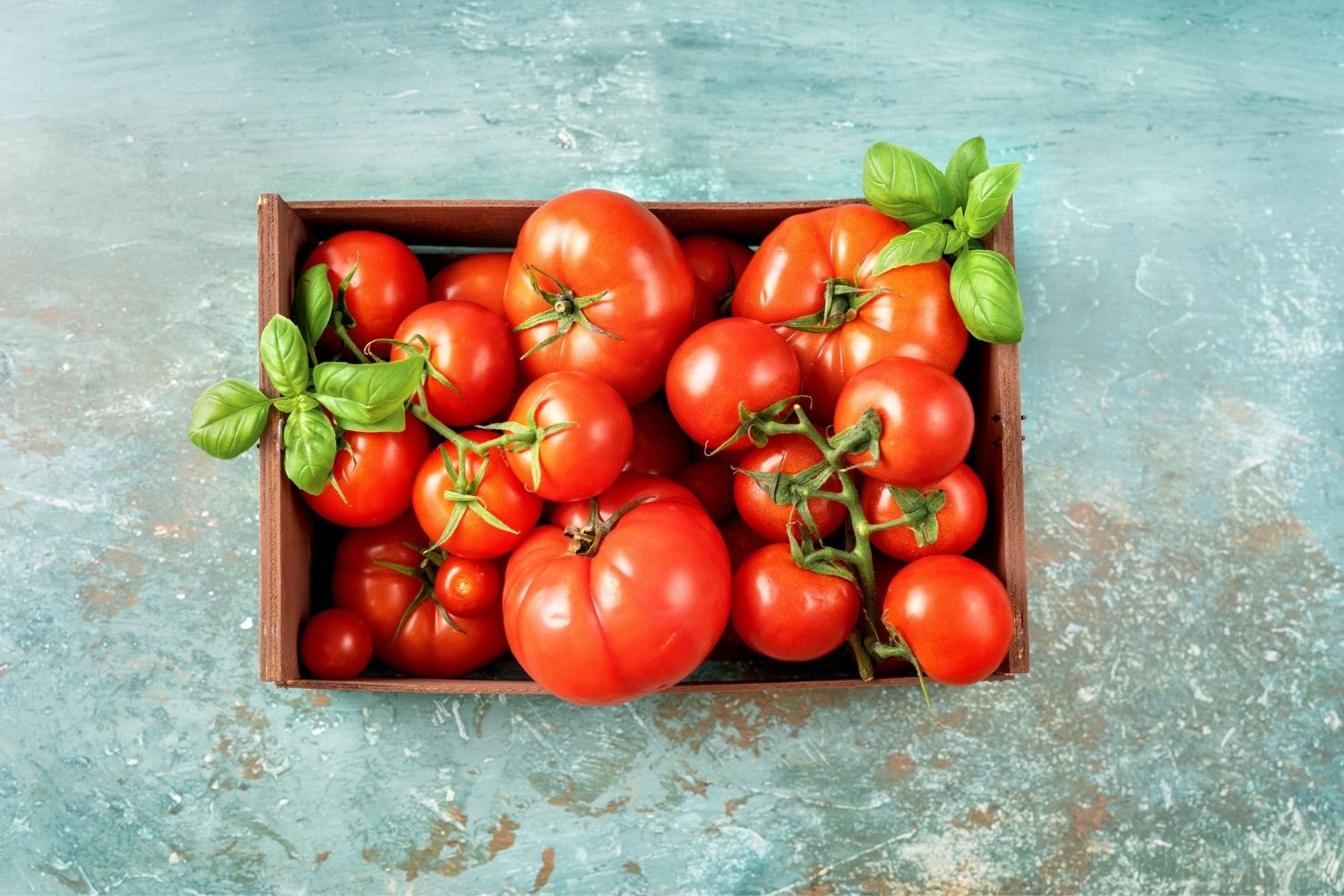

Articles
How To Store Tomatoes For Long Time Without Fridge
Modified: December 7, 2023
Learn effective methods to store tomatoes for extended periods without refrigeration. Discover simple techniques in this comprehensive guide on articles about tomato storage.
(Many of the links in this article redirect to a specific reviewed product. Your purchase of these products through affiliate links helps to generate commission for Storables.com, at no extra cost. Learn more)
Introduction
Tomatoes are a versatile and delicious fruit that can be enjoyed in a variety of dishes. Whether you grow them in your own backyard or purchase them from a local farmer’s market, it’s important to know how to store tomatoes properly to ensure they stay fresh and flavorful for as long as possible.
Many people believe that storing tomatoes in the refrigerator is the best way to keep them fresh. However, refrigeration can actually cause tomatoes to lose flavor and texture. The cold temperatures can also inhibit the ripening process, leading to bland and mealy tomatoes.
In this article, we will explore how to store tomatoes for an extended period of time without relying on the refrigerator. By understanding the science behind tomato storage and implementing proper techniques, you can enjoy the full flavor and juiciness of your tomatoes for weeks or even months.
So let’s dive in and discover the secrets to successfully storing tomatoes without the need for a fridge!
Key Takeaways:
- Enjoy fresh, flavorful tomatoes for weeks by storing them at room temperature. Avoid refrigeration, select ripe but firm tomatoes, and regularly check and sort to maintain their quality.
- Extend the shelf life of tomatoes with preserving techniques like canning, freezing, or drying. Capture their flavors for later use and enjoy homegrown taste year-round.
Understanding Tomato Storage
Before we delve into the specifics of how to store tomatoes, it’s important to understand the factors that affect their shelf life. Tomatoes are a delicate fruit that are highly sensitive to temperature, humidity, and ethylene gas.
Temperature: Tomatoes are best stored at temperatures between 55 to 70 degrees Fahrenheit (13 to 21 degrees Celsius). This range allows them to slowly ripen and develop their full flavor. Extreme heat or cold can damage the texture and taste of tomatoes.
Humidity: Tomatoes thrive in a moderately humid environment. Too much moisture can cause them to spoil quickly, while too little humidity can lead to shriveled and dry tomatoes. Aim for a humidity level of around 85 to 90%.
Ethylene Gas: Tomatoes produce ethylene gas as they ripen, which can accelerate the ripening process in neighboring fruits and vegetables. This can be both a blessing and a curse. While the ethylene gas can help speed up the ripening of unripe tomatoes, it can also cause overripening and spoilage if left in close proximity to other produce.
With these factors in mind, let’s explore the best practices for selecting and preparing tomatoes for storage.
Choosing the Right Tomatoes
When it comes to storing tomatoes, not all varieties are created equal. Choosing the right type of tomatoes plays a crucial role in their longevity. Here are a few tips to keep in mind when selecting tomatoes for storage:
- Choose Ripe, But Firm Tomatoes: Opt for tomatoes that are fully ripened but still firm to the touch. Overripe tomatoes will spoil quickly and may affect the quality of other tomatoes stored alongside them.
- Avoid Bruised or Damaged Tomatoes: Check for any signs of bruising or damage on the tomato’s skin. These imperfections can accelerate spoilage and lead to a shorter shelf life.
- Consider the Variety: Some tomato varieties are inherently more suitable for long-term storage. Look for varieties like Roma, San Marzano, or Cherry Tomatoes, as they tend to have thicker skins and better storage capabilities.
- Harvest from the Vine: If you have the luxury of growing your own tomatoes, it’s best to harvest them when they are fully ripe but still attached to the vine. This allows the tomato to develop its full flavor and increases its chances of lasting longer in storage.
By being selective in your tomato choices and opting for the right varieties and conditions, you can set yourself up for successful tomato storage.
Preparing Tomatoes for Storage
Properly preparing tomatoes before storage can significantly extend their shelf life. Here are a few steps to follow in order to maximize the longevity of your tomatoes:
- Gently Wash and Dry: Rinse your tomatoes under cool running water to remove any dirt or debris. Be sure to handle them delicately to avoid bruising. After washing, pat them dry with a clean kitchen towel or let them air dry completely.
- Remove Stems and Leaves: Trim off any stems or leaves attached to the tomatoes. These parts can contribute to moisture buildup and accelerate spoilage.
- Inspect for Damage: Carefully examine each tomato and discard any that show signs of rot, mold, or other damage. It’s essential to remove these tomatoes from your batch to prevent the spread of decay.
- Consider Pruning: If you have a large number of tomatoes to store, you may want to consider pruning any excess leaves or vines. This practice helps improve air circulation around the tomatoes, reducing the risk of mold or mildew.
By following these simple preparation steps, you’ll ensure that your tomatoes are clean, free of damage, and ready for storage.
Storing Tomatoes at Room Temperature
Contrary to popular belief, storing tomatoes at room temperature can be an effective method to prolong their freshness and flavor. Follow these guidelines for successful tomato storage at room temperature:
- Find the Ideal Spot: Choose a cool and well-ventilated area in your home to store the tomatoes. Avoid direct sunlight, as it can cause the tomatoes to ripen too quickly and spoil.
- Avoid Crowding: Place the tomatoes in a single layer, without touching each other. Overcrowding can lead to increased moisture buildup and hasten spoilage.
- Arrange Stem Side Down: Store the tomatoes with their stem side down. This helps prevent moisture from entering through the stem scar and reduces the risk of mold formation.
- Regularly Check for Ripeness: Check on the tomatoes regularly to monitor for ripeness. Remove any ripe tomatoes from the batch to avoid overripening. Ripe tomatoes can be used immediately or stored separately in the refrigerator if needed.
By creating the ideal storage conditions and keeping a close eye on the ripeness of your tomatoes, you can enjoy fresh and flavorful tomatoes for an extended period of time.
Store tomatoes at room temperature, away from direct sunlight, in a single layer to prevent bruising. Keep them stem side down to prevent moisture loss and use within a week for best flavor.
Checking and Sorting Stored Tomatoes
Regularly checking and sorting your stored tomatoes is essential for maintaining their quality and avoiding spoilage. Here are some tips for effectively managing your stored tomato inventory:
- Inspect for Spoilage: Every few days, carefully examine each tomato for any signs of spoilage. Look for mold, soft spots, or an unpleasant odor. Remove any tomatoes showing these signs immediately to prevent the spread of decay to other tomatoes.
- Separate Ripe and Unripe Tomatoes: As tomatoes ripen at different rates, it’s important to separate ripe ones from the unripe. This prevents overripening and allows you to prioritize consuming or using the ripe tomatoes first.
- Utilize the Ethylene Gas Effect: If you have a tomato that is still green and you want to expedite its ripening process, place it in a closed paper bag or a container with a ripe banana or apple. The ethylene gas emitted by the banana or apple will help accelerate the ripening of the green tomato.
- Rotate the Tomatoes: To ensure even ripening and usage, periodically rotate the position of the stored tomatoes. This helps distribute any temperature variations and reduces the chance of spoilage.
By regularly checking, sorting, and managing your stored tomatoes, you can maintain their freshness, extend their shelf life, and minimize waste.
Tips for Extending Tomato Shelf Life
When it comes to extending the shelf life of your tomatoes, a few simple strategies can make a significant difference. Here are some tips to help your tomatoes stay fresh for longer:
- Keep Them Dry: Moisture is the enemy of tomatoes. Stored tomatoes should be kept as dry as possible to prevent mold or rot. Avoid washing tomatoes until you are ready to use them.
- Avoid Refrigeration: While it may be tempting to store your tomatoes in the refrigerator, it’s best to avoid it. Cold temperatures can cause the tomatoes’ texture to become mealy, and the flavor can diminish. Room temperature storage is generally the preferred method.
- Store Stem-Side Down: Placing your tomatoes stem-side down helps prevent moisture from entering through the stem scar, reducing the risk of spoilage.
- Store Away from Other Produce: Keep your tomatoes separate from other fruits and vegetables. Remember, tomatoes release ethylene gas as they ripen, which can accelerate the spoilage of other nearby produce.
- Check and Rotate Regularly: Regularly inspect your stored tomatoes for any signs of spoilage. Remove any affected tomatoes immediately. Also, rotate the position of the tomatoes to ensure even ripening and minimize the chance of spoilage.
- Consider Canning or Freezing: If you have a surplus of ripe tomatoes, consider preserving them through canning or freezing. Canning tomatoes allows you to enjoy their flavor throughout the year, while freezing them can be an excellent option for preserving the quality of the tomatoes.
By implementing these tips, you can maximize the shelf life of your tomatoes and enjoy their freshness and flavor for an extended period of time.
Using Preserving Techniques for Long-Term Storage
If you have a bountiful harvest of tomatoes or want to store them for an extended period, utilizing preserving techniques can be a great option. Here are some popular methods for long-term tomato storage:
- Canning: Canning tomatoes allows you to enjoy their freshness and flavor throughout the year. The process involves sterilizing jars, blanching the tomatoes, removing the skins, and then packing them in the jars with water or tomato juice. The jars are then processed in a water bath or pressure canner to seal and preserve them. Canned tomatoes can be used in a variety of dishes, such as sauces, soups, and stews.
- Freezing: Freezing tomatoes is a simple and convenient way to preserve their freshness. Start by blanching the tomatoes in boiling water for a few minutes, then transfer them to an ice bath to cool. Remove the skins and core the tomatoes, if desired. Pack them into freezer-safe containers or bags, removing as much air as possible. Frozen tomatoes can be used in cooked dishes, such as sauces or salsas.
- Drying: Drying tomatoes removes their moisture, allowing them to be stored for an extended period. To dry tomatoes, cut them into slices or halves, remove the seeds, and place them on a baking sheet in a single layer. You can either sun-dry them or use a food dehydrator or oven on low heat. Dried tomatoes can be stored in airtight containers and used in salads, pasta dishes, or as a snack.
These preserving techniques not only extend the shelf life of tomatoes but also capture their flavors for later use. Choose the method that suits your needs, resources, and culinary preferences.
Conclusion
Properly storing tomatoes is essential to preserve their freshness, flavor, and texture for as long as possible. By understanding the factors that affect tomato storage and implementing the right techniques, you can extend the shelf life of your tomatoes and enjoy their delicious taste even when they are out of season.
Avoid refrigerating tomatoes, as this can alter their texture and diminish their flavor. Instead, store them at room temperature in a cool, well-ventilated area. Check and sort through your stored tomatoes regularly to remove any spoiled ones and separate ripe from unripe tomatoes.
When selecting tomatoes, opt for ripe but firm ones, free from any signs of damage. Consider the variety of tomatoes, as some are better suited for storage due to their thicker skins.
If you have a surplus of tomatoes, explore preserving techniques such as canning, freezing, or drying. These methods allow you to enjoy the taste of your homegrown or locally sourced tomatoes throughout the year.
Remember to keep your stored tomatoes away from other produce to avoid accelerated ripening and spoilage. And most importantly, enjoy your tomatoes while they are at their peak freshness and flavor.
With these tips and techniques, you can savor the delightful taste of tomatoes for an extended period, making the most of their nutritional value and culinary versatility.
Frequently Asked Questions about How To Store Tomatoes For Long Time Without Fridge
Was this page helpful?
At Storables.com, we guarantee accurate and reliable information. Our content, validated by Expert Board Contributors, is crafted following stringent Editorial Policies. We're committed to providing you with well-researched, expert-backed insights for all your informational needs.
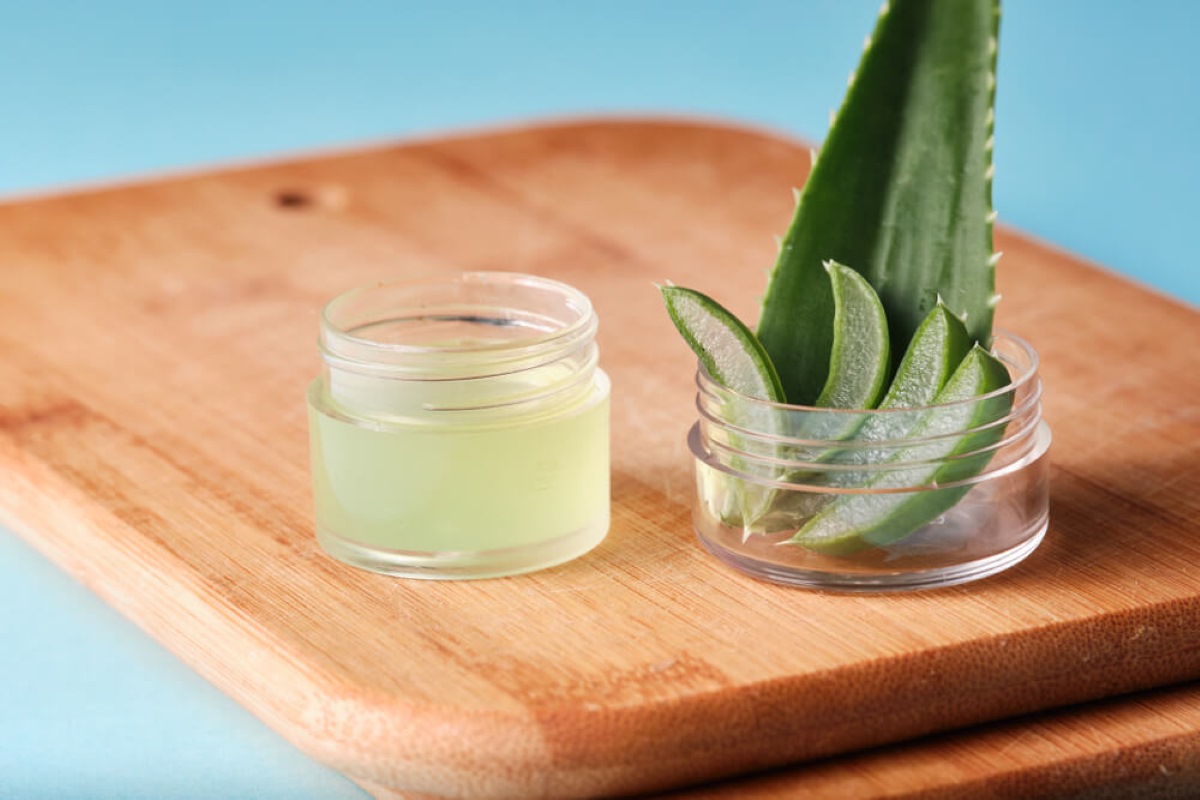
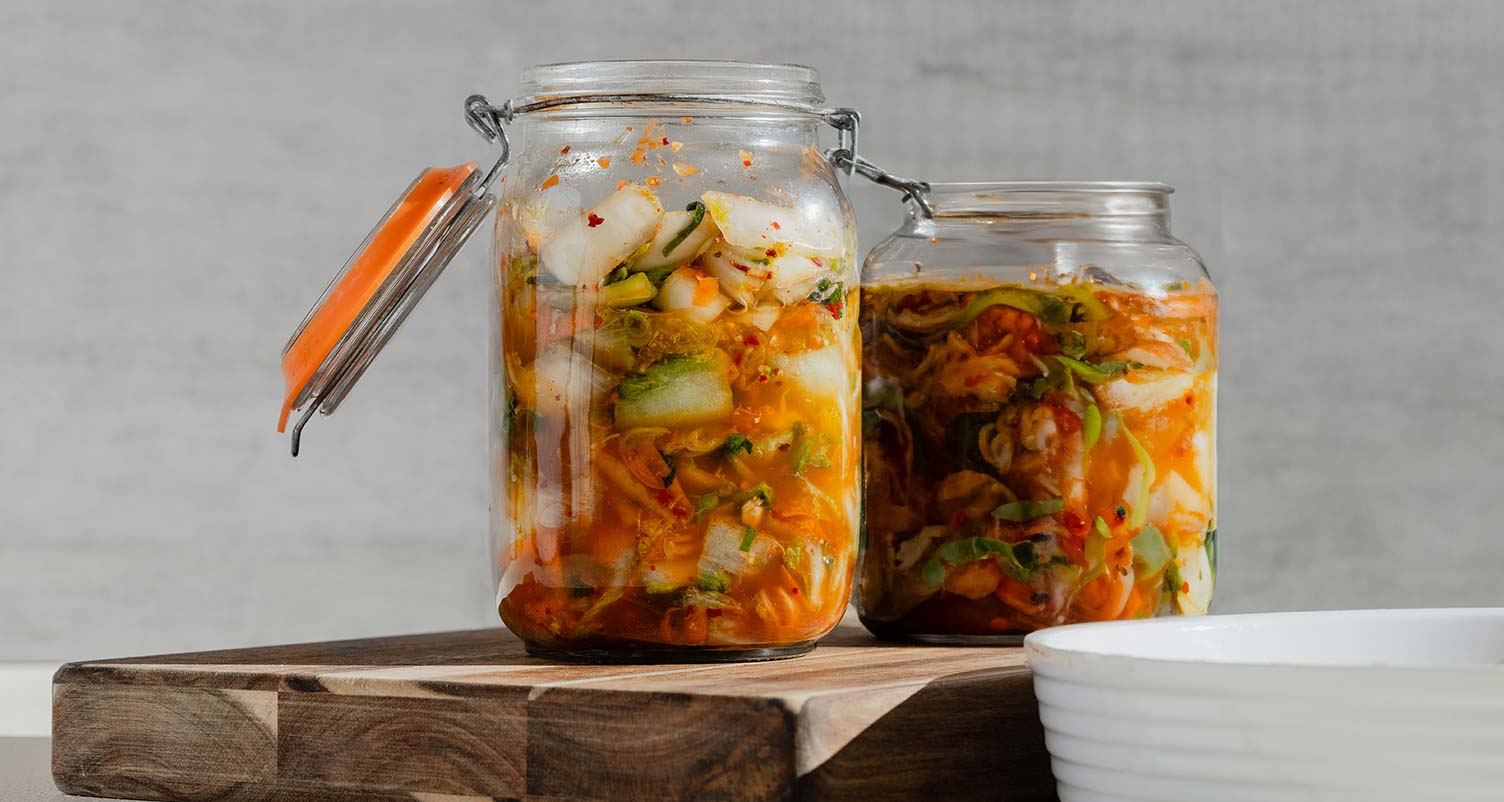
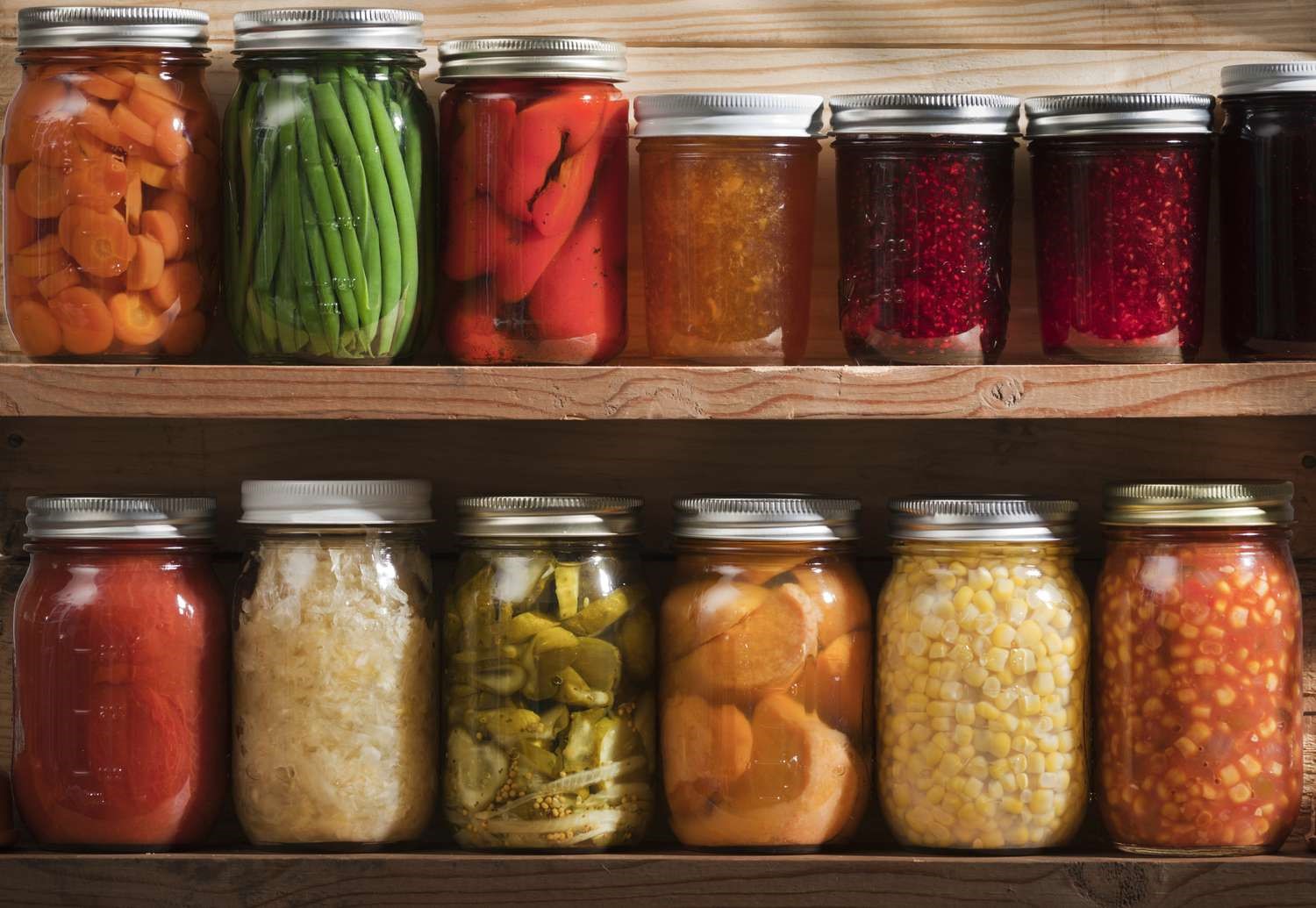
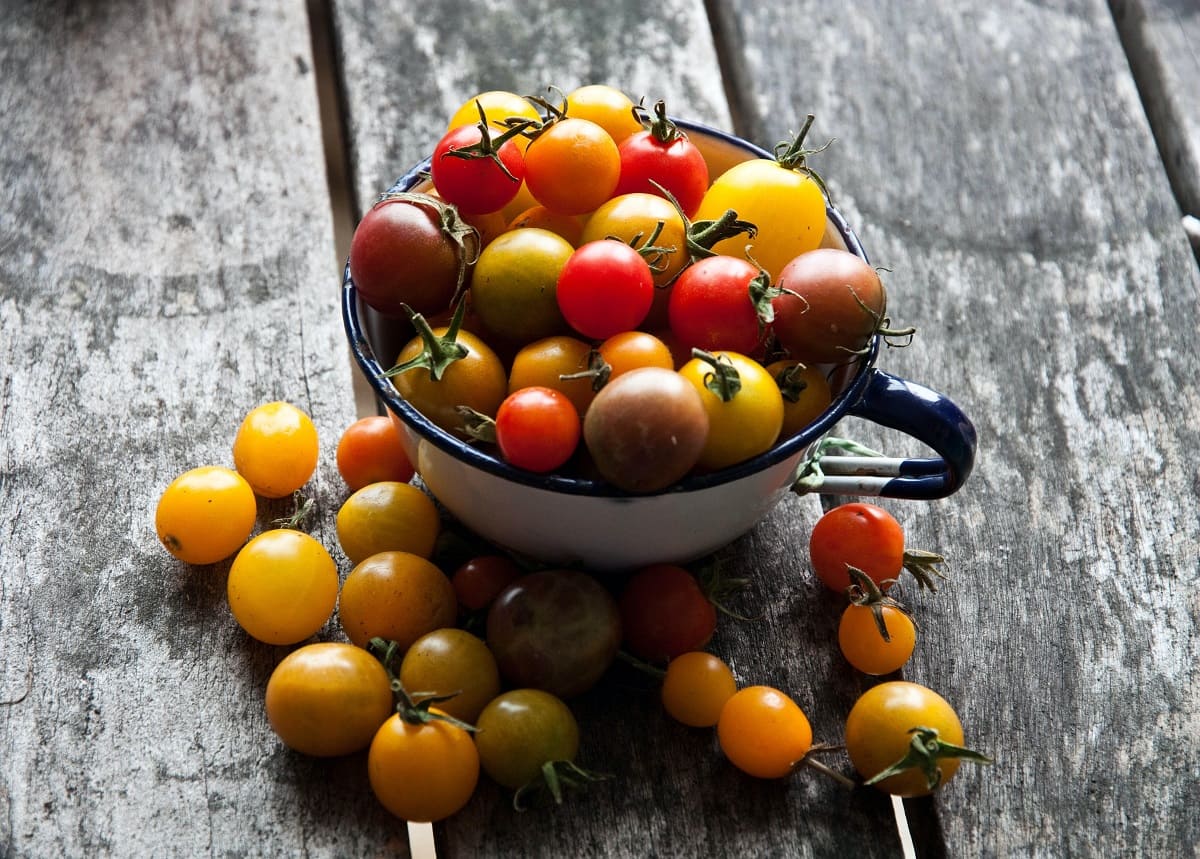
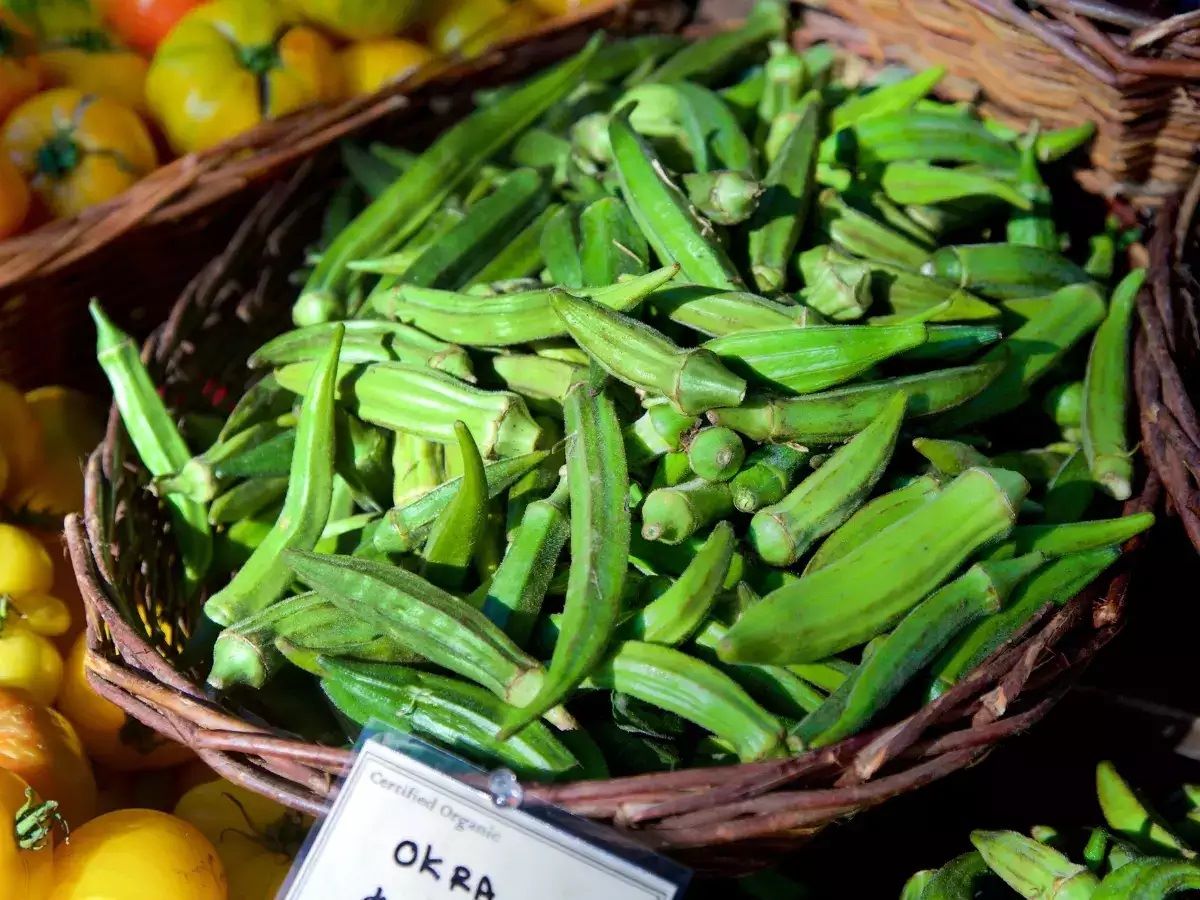

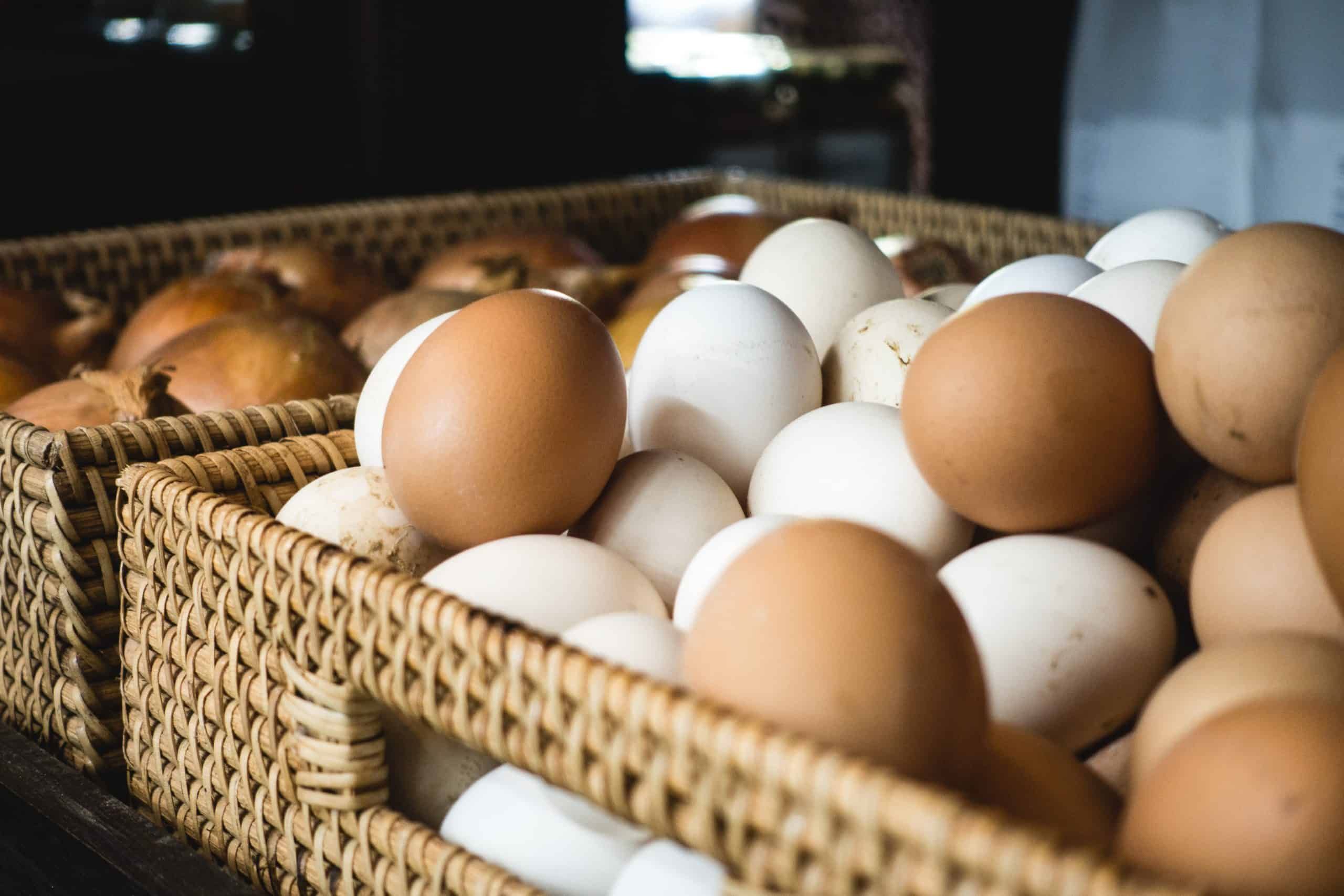
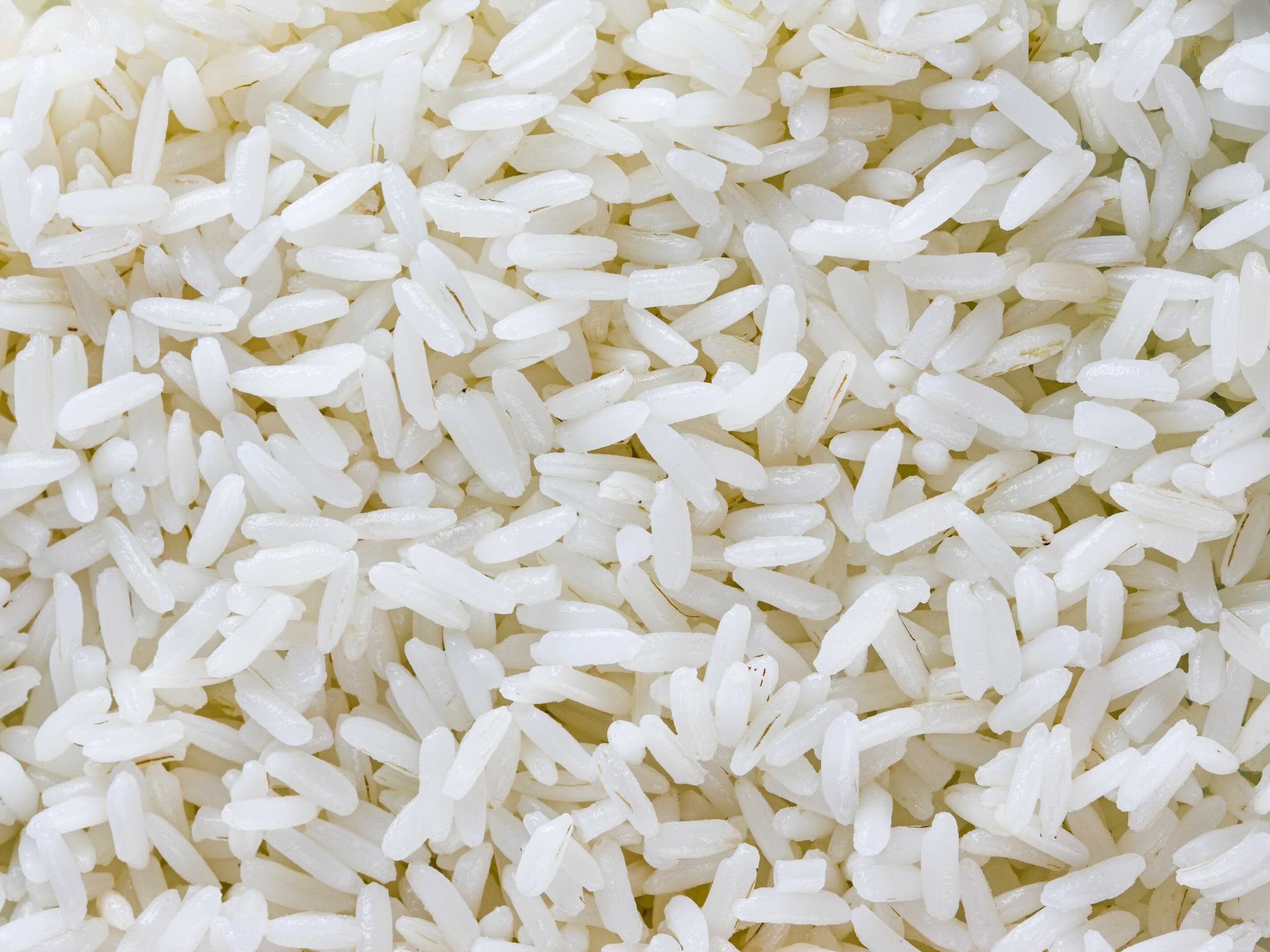
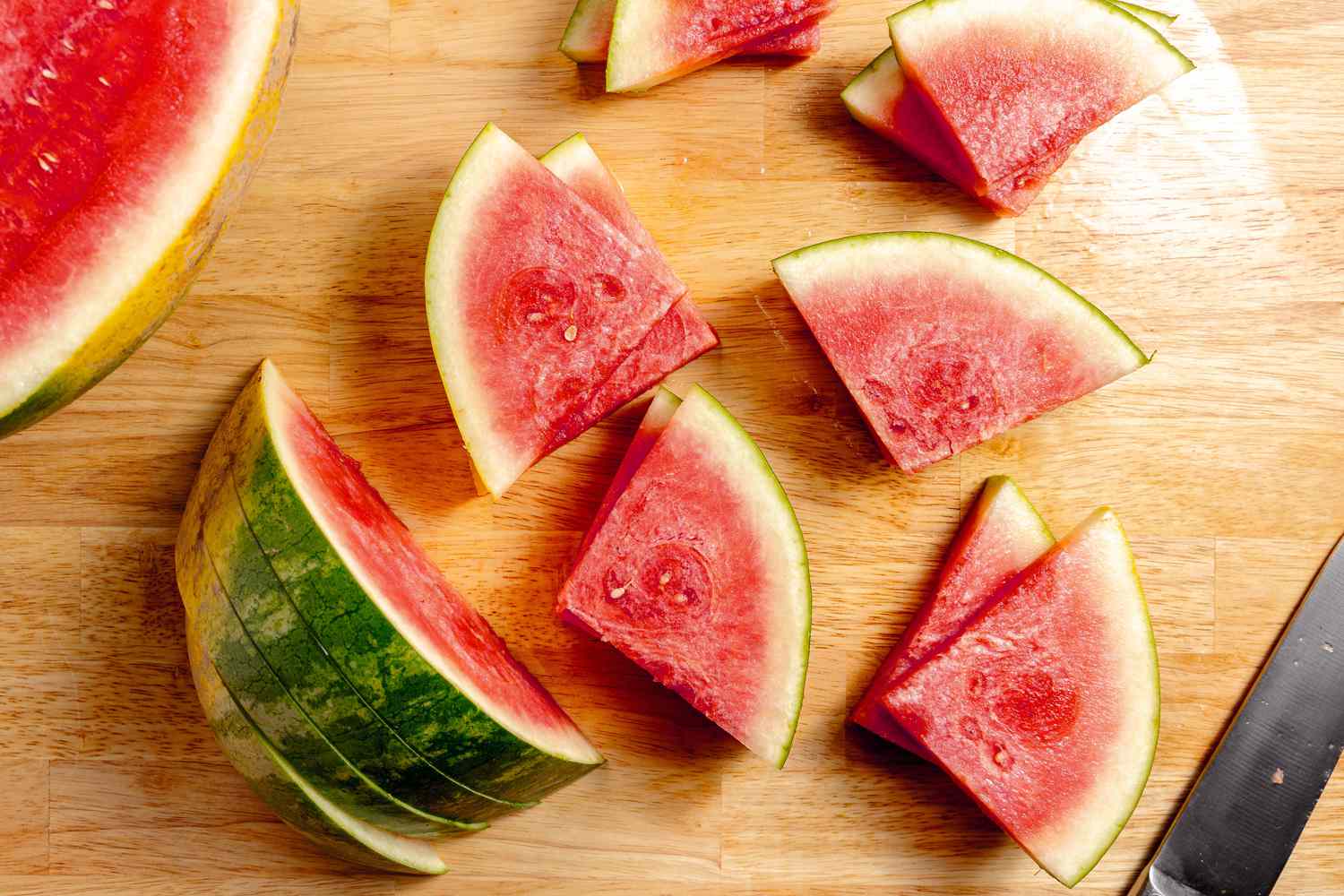
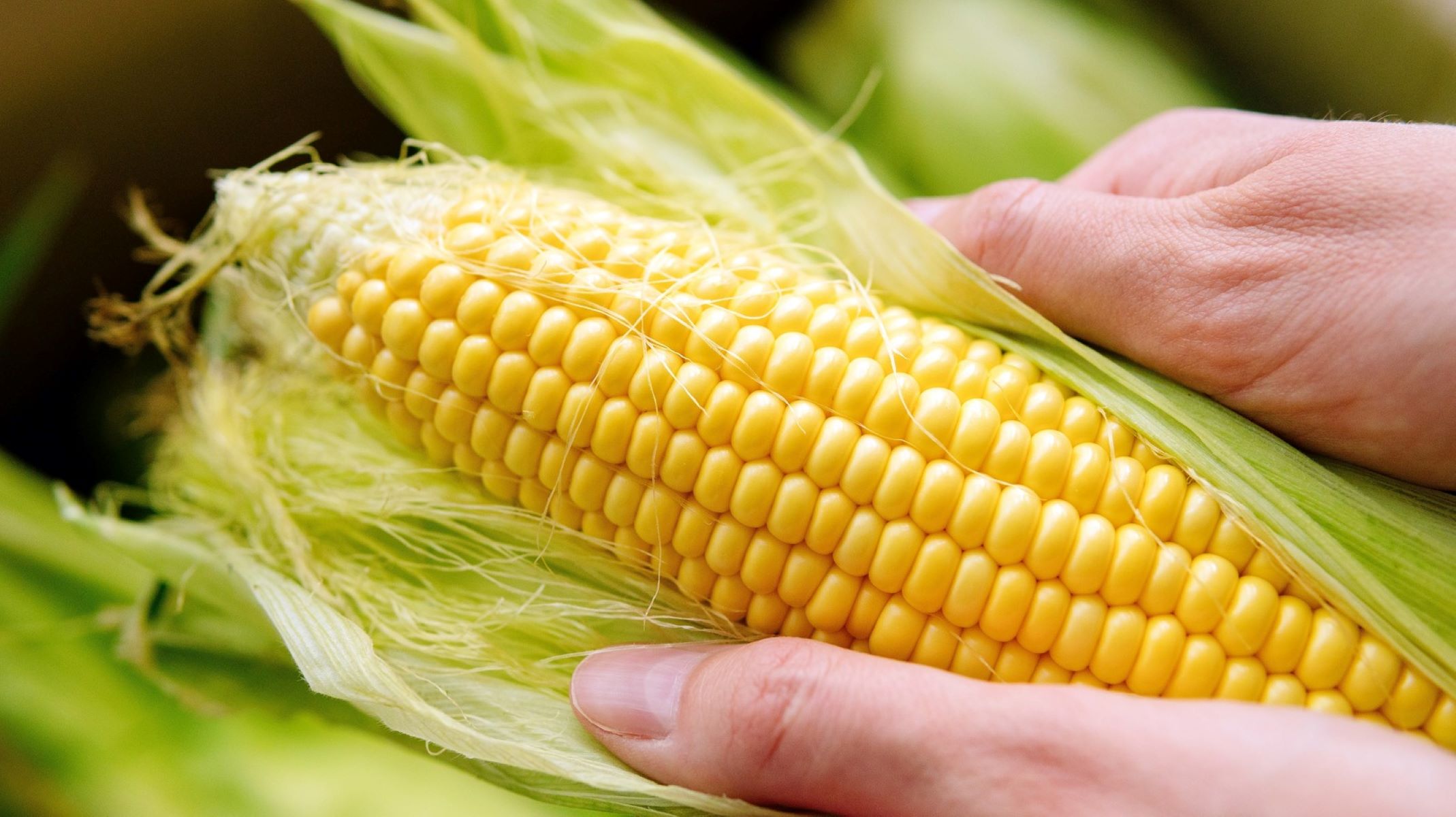
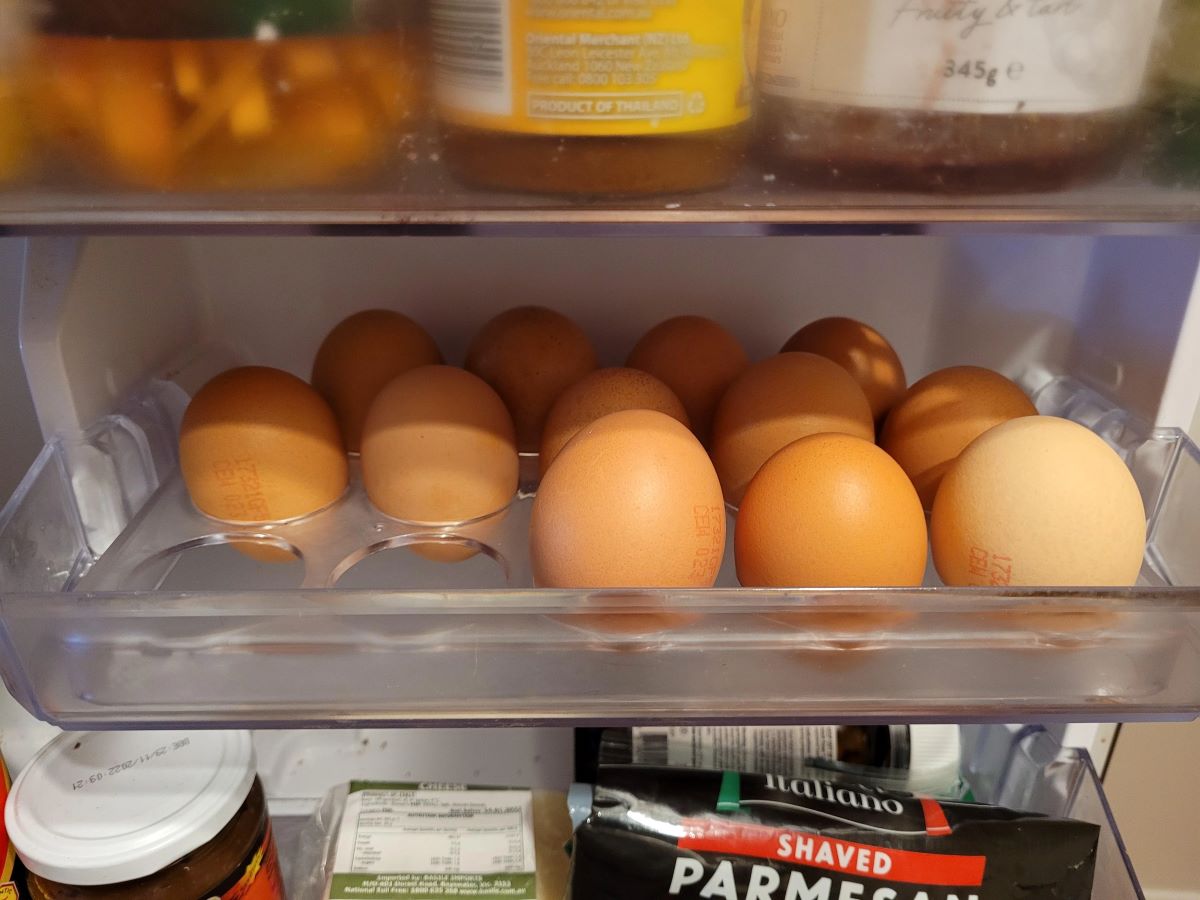
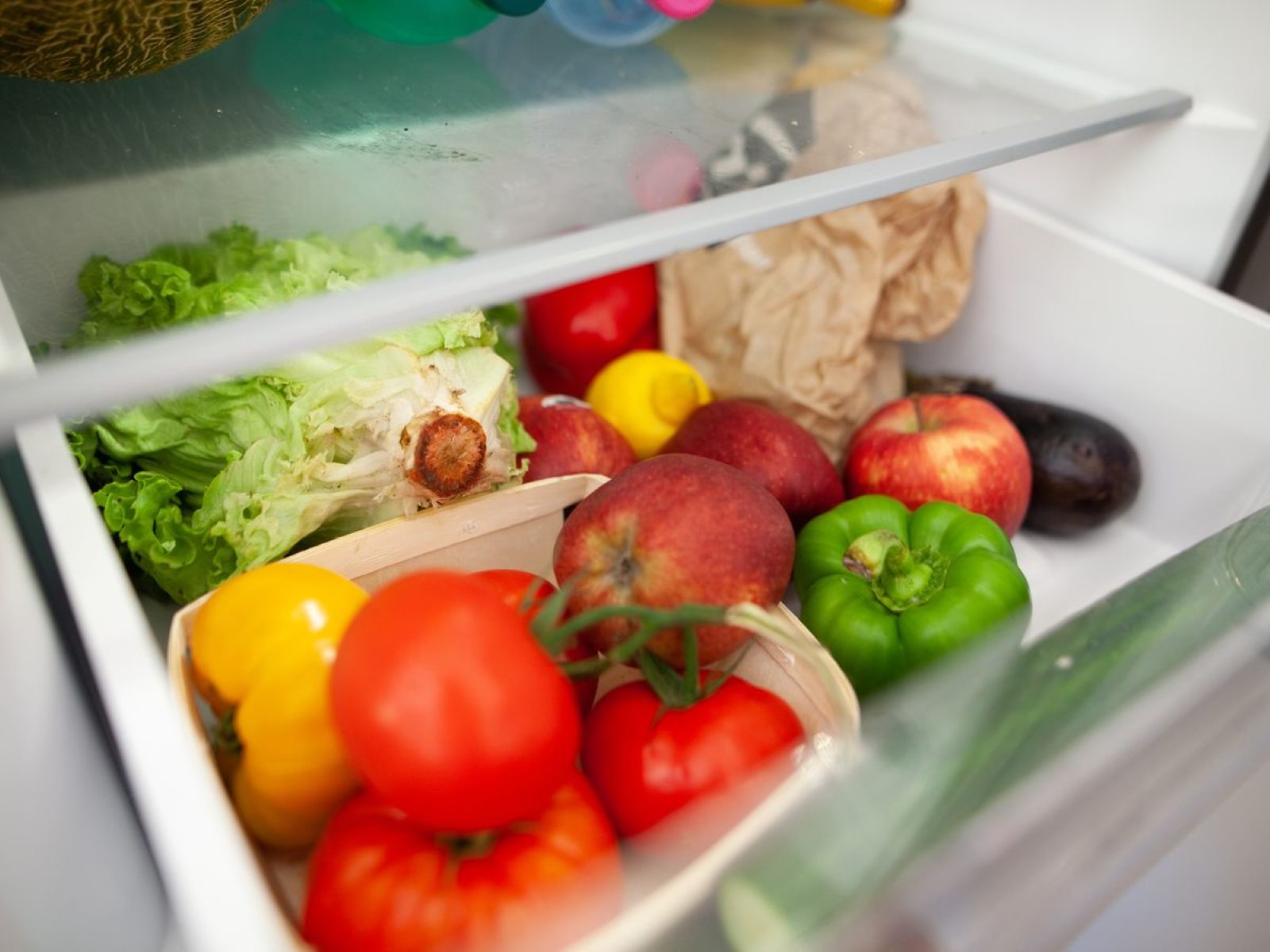



0 thoughts on “How To Store Tomatoes For Long Time Without Fridge”